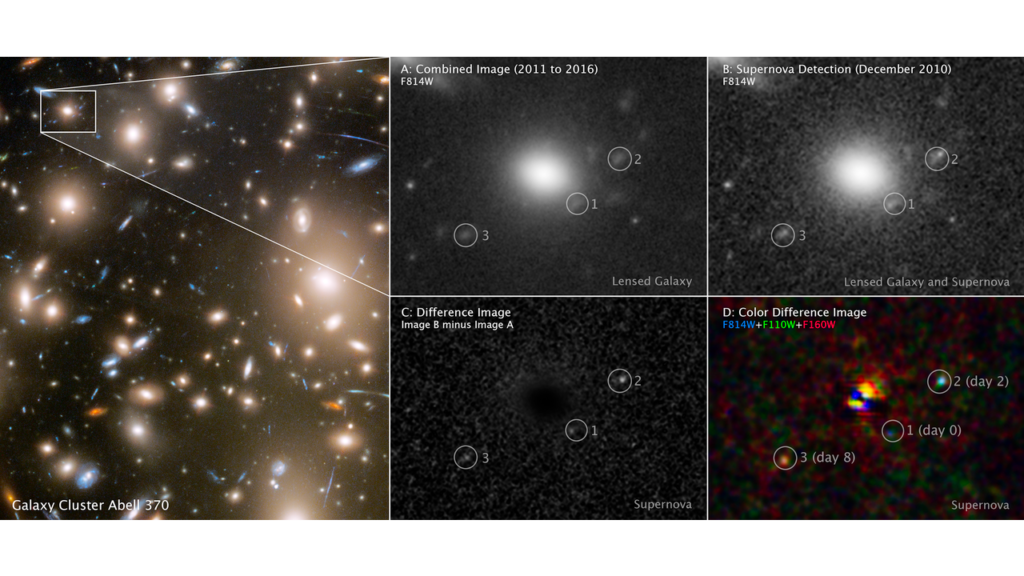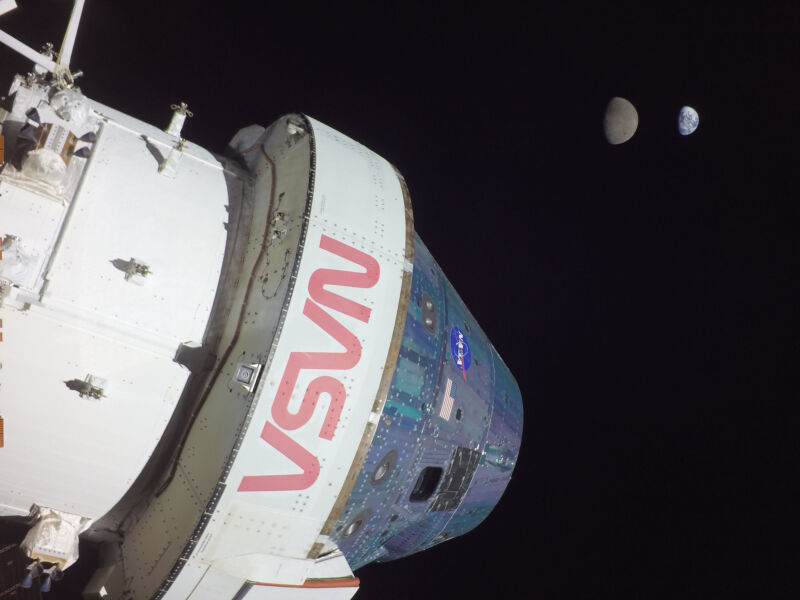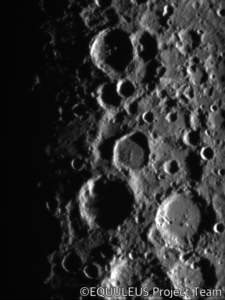Last month was an astro-full month once more, with five news from the skies. Impressive, not in some massive headlines-making way, but in small enchanting and deep ways: We had neutrino astronomy; we had gravitational lensing astronomy at its finest; we had a black hole “close” to Earth; and we had novel iconic photos from the Moon. We also had a WTF moment.
Neutrino astronomy on the rocks

IceCube is an experiment buried under the ice in Antarctica, right on the South Pole. In fact, the ice is the experiment. In fact, electronics are submerged in said ice, spanning a cube of one cubic kilometer, catching signals of neutrino particles traversing all this frozen water and occasionally hitting on its atoms. Basically it’s refered to as “one billion tons of instrumented ice”. All this sleekness is needed if we are to catch a glimpse of neutrinos, which are the tiny particles that infamously pass by the zillions through our bodies each second, and through the whole Earth without stopping.
However, a few out of these huge numbers will happen to fall head-on on some atom in the large ice block sooner or later, giving IceCube two things to measure: their energy and roughly the direction in space that they came from.
IceCube has detected neutrinos before, but this time was special: its scientists announced the catch of 80 neutrinos with their origin pinpointed at galaxy NGC1068 in the constellation of Cetus.
Wait, you might be asking, what’s the story here? How can a whole bunch of the tiniest particles come from a single galaxy and us be so sure about it? I’m glad you asked. NGC1068 might be lying 47 million light years away, but it is well known to have a massive and very bubbly black hole at its core. Most of the radiation this galaxy sends out to space is not light from its stars, but radiation from material falling into its black hole (in contrast to, say, the Milky Way, where thankfully the central black hole is inactive). The 80 neutrinos all had very high energies, which, combined with their direction coming from NGC1068, could only mean that they were accelerated by its massive heart.
One more cool detail is that the central region of NGC1068 is obscured by a cloud of dust; so far we haven’t been able to see it directly, but we now study it, not with light, but with neutrinos.
Gravitational stop-motion
Gravitational lensing. Gravitational lensing is cool, but was never as cool as last month. Also, gravitational lensing is to see stuff that lies behind galaxies, because the galaxies’ humungous gravity bends the light from the hidden stuff and sends it our way.
And although gravitational lensing is routinely used in astrophysical observations, THIS happened last month:

Gentlemen and ladies, here you see one single photo where an exploding star is seen thrice, on three different days within one week and in three different stages of its explosion.
All this is thanks to the Hubble telescope and thanks to the galaxy cluster Abell370 who brought us this stop-motion of a supernova 4 billion light years away.
What happened is that the supernova’s light was grav-lensed along three different paths around the galaxy cluster. The length of each path was different, and it took light longer or shorter to traverse it, but only by a couple of days. And we were lucky enough that this did not simply happen with a supernova, but it happened during the very early stages of a nice star going supernova, meaning that it was visibly different each day.
Friendly neighbour

The closest-yet black hole was spotted by the Gemini North telescope in Hawaii. If you must know, it lies 1,600 light years away towards the constellation of Ophiuchus.
Oui, black holes can’t be seen. But many of them, like this one called “Gaia BH1”, have a companion star that orbits them. And this companion permitted not only sneaking out the presence of the black hole, but also calculating its mass (at around ten solar masses).
(If you are wondering about “Gaia” in the hole’s name, it’s not because it’s considered to be a new Earth or anything; it’s because the Gaia spacecraft first found irregularities in the companion’s star motion, thus giving a clue that something is hiding at that corner of the sky.)
Looking good
You probably aren’t waiting to learn from this blog that the Orion Capsule, the craft of NASA’s Artemis I mission, was launched successfully and flew around the Moon. But it’d be a big mistake to not share this photo that it shot:

Beautiful, but there is more concerning Orion and photos…
The photos and the WTF
…A smaller spacecraft was piggybacking Orion and is worth a mention of its own. Its name is EQUULEUS, it is run by JAXA, and it is probably the most WTF and certainly the most steampunk spacecraft ever.
Because, you see, EQUULEUS is propelled by steam.
And running on good old water that becomes gas and pushes it forward, it left Orion after it passed the Moon, and is now moving towards a point where it will be gravitationally bound to the Moon and will follow along its course. All this, let me repeat, while running on steam.
As an added bonus to the awesomeness, it also started sending back pics of the far side of the moon:

And with this, let me say goodbye before I stop being momentarily starstruck and go back to my usual thoughts about what other things humankind is “capable” of doing at the same time.
—
Do you want to receive one monthly reminder with links to the Ph-word posts? Join the mailing list.
